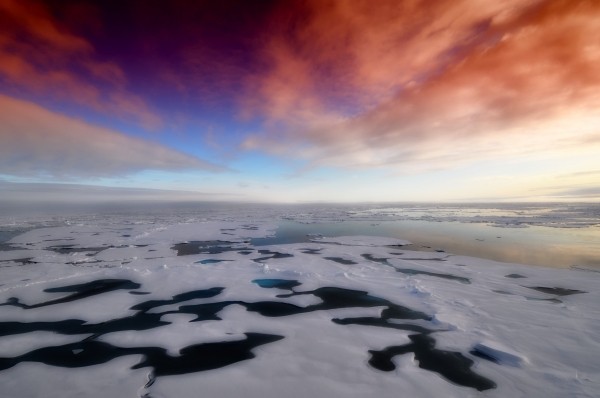I have never been to Siberia, and yet Tiksi Russia, a Siberian town above the Arctic Circle on the edge of the Laptev Sea, figures prominently in my forthcoming novel, Weather Woman. When I became interested in Tiksi as a possible setting for the last part of my story, it seemed instinctually right, but I knew there was no way I would be traveling there, and I had grave doubts about my ability to write authentically about a place so seemingly alien: its forbidding climate, its port filled with rotting vessels, the surrounding tundra scattered with military detritus untouched since the collapse of the Soviet Union. Why would anyone choose to live in such a place (if you weren’t a scientist monitoring the weather station)? How could I capture the feel of the arctic air on the skin, the smells and sounds of those crumbling boats, the psyches of Tiksi inhabitants? I’d have to summon a lot of hutzpah.
But the more I considered it, the more I was sure the story needed to take place at the Tiksi weather station, in the streets and buildings of this small town, and on the surrounding tundra of melting permafrost.
Enter the Internet. However frequently I curse the Internet for the multiple ways it can swallow me, this was a time when I was inexpressibly grateful for it. First, I did the most obvious searches about the demographics and history of Tiksi. Then Google Earth situated me more specifically. Then, almost serendipitously, I came upon a blog written by a woman who had grown up in Tiksi, had found it magical, and had returned to photograph the place. She encountered a young girl who resembled her younger self, and she followed this girl, photographing her in her life around Tiksi. The blog and the photographs together became a true love letter to the place, and it made me fall in love with it too. But was that enough? Was I really familiar enough to move characters to Tiksi and pretend to know how they felt?
What are a novelist’s tools? Words and sentences, of course. Books we’ve read, both fiction and nonfiction. Our lived experience. And, sure, the Internet. But without the imagination we would be nowhere. Even the most doggedly realistic novel requires bold imaginative leaps to bring to life the stories of people who don’t really exist.
To launch the imagination and give it permission to soar, it’s useful to have a few pillars of known fact. They provide a writer with the necessary confidence. I sat on the facts I had gathered about Tiksi, and my own story began to move in and around them, quickly gaining heft. I suddenly knew I could sustain the effort. It was only a slightly different example of employing the imaginative muscle I regularly put to use.
Writing about Tiksi, which I had come to love, emboldened me. I have since written a sequel to Weather Woman, called Sinking Islands, which was set in several other distant, unfamiliar places, including Sao Paulo, Brazil, and an endangered fictitious island in the South Pacific. The writing of those places was even more challenging than writing about Tiksi, as I never found an individual voice and point of view to guide me into them. I had to piece together my own sense of things from Internet sources and then gird myself for more imaginative gymnastics.
What a great discovery this writing of unfamiliar places has been. Rarely have I exercised my imagination with more self-awareness, rarely have I enjoyed its flights so much.

Add Comment